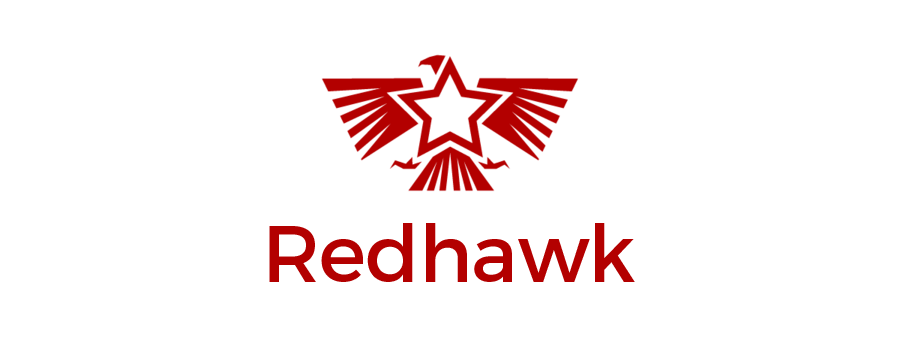We like fancy terms for things in the consulting world. We speak about KPIs, contribution margins and the cost of capital to name a few. Similarly, hiring and development functions have been turned into “Talent Management” which has always sounded a bit more like the job description for someone sitting behind a dais on American Idol, but in fairness, is probably a better term than simply HR.
Recently, I drafted a detailed selection strategy for a client who was using it to enforce the quality of candidates serving their company through a vendor. A little complicated but stick with me. I created the components of what my experience has shown to be important in hiring and retaining the best people.
- Candidate Profile- the skills and attributes needed to be successful in the role for which they are hired. Often, top performers are used as reference subjects and their attributes are used for modeling this profile.
- Resume Screening- scoring resumes based on the match to the Candidate Profile; the higher the score, the more likely the candidate gets an interview or phone screen.
- Situational Interview- questions centered on demonstrated behaviors during specific and actual circumstances that are likely to be replicated in the role for which you are hiring.
Very proud of myself, I presented this to the client’s vendor and expected some kind of appreciative response considering the detail and amount of work I had put into this effort. Instead, I was told they already had a great process and I needed to see what they were already doing. Having more than a few reservations based on their past performance, I agreed to review what they sent me.
About 5 days later, I received what was supposed to be their comprehensive hiring and development program. It was three documents. It had typos all over it. It lacked any kind of detail. It was in multiple languages (not kidding). It had a grammar test that had grammatical errors in the instructions.
Worst of all were the interview questions. They were hiring for sales agents and these were the only questions they were asking:
- What is the most significant historical event in the last decade?
- If you were president for an hour, what would you do to improve the quality of life for citizens?
- Do you agree with the following statement, “Money can’t buy happiness but it can rent it for an hour or two.”
These questions are what you ask an eighth grade student running for president of the debate club, not an adult salesperson in a professional environment. None of these questions will help predict the future performance of the candidate in the role for which you are hiring.
This speaks to the importance of your talent management team and the processes employed to attract, develop and retain the best possible people for your organization.
Think about the basic math of turnover even at entry level positions. Conservatively, let’s assume you have a total cost to hire, onboard, and train to the point of proficiency of $5,000 per person. According to the US Bureau of Labor and Statistics, total separations in February 2015 was 3%. This annualizes to 36%. If you follow this national average and have a small employee base of 25- an arbitrary number- you will replace nine employees per year at a total cost of $45,000. If you successfully improved your retention by 30%, you would see savings of $13,500.
We can get into the breakdown of what causes this turnover and some of it is probably healthy- some people needed to go or wanted to leave. At the most basic level though, it remains about fit and that starts with the hiring process. Top talent is in demand and you will be competing to attract it.
So you have to ask yourself if your Talent Management team is talented enough to get and keep top talent.
